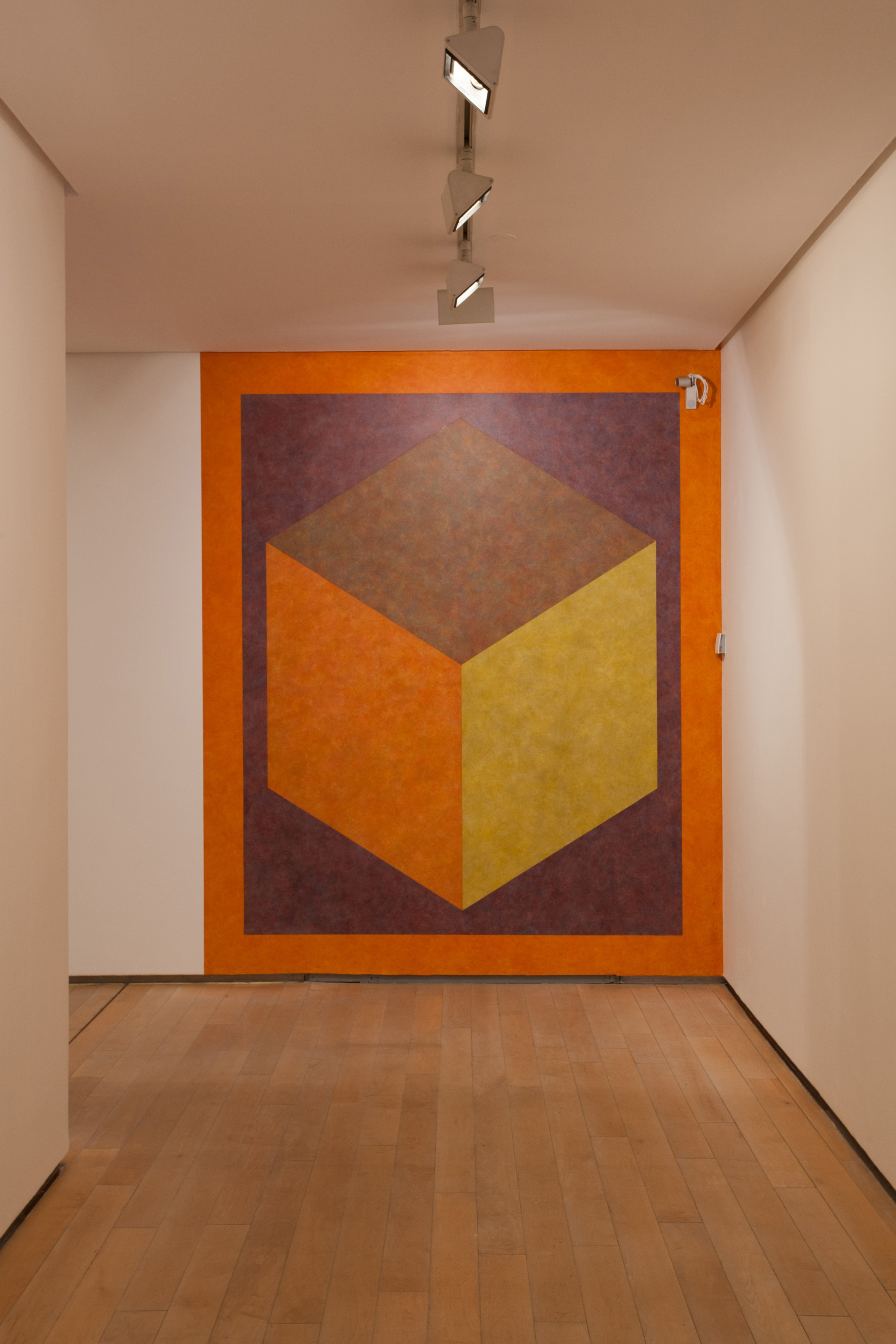

Sol lewitt full#
Together, these studies reveal the full scope of LeWitt’s creativity and offer a multifaceted reassessment of this singular and influential artist. The essays offer insights into the role of parody, experimentation, and uncertainty in the artist’s practice, and investigate issues of site, space, and movement.

Locating Sol LeWitt contains nine new essays that explore the artist’s work across media and address topics such as LeWitt’s formative friendships with colleagues at the Museum of Modern Art in the early 1960s his photographs of Manhattan’s Lower East Side his 1979 collaboration with Lucinda Childs and Philip Glass and its impact on his printmaking and his commissions linked to Jewish history and the Holocaust.

From the familiar to the underappreciated aspects of LeWitt’s oeuvre, this book examines the ways that his art was multidisciplinary, humorous, philosophical, and even religious. LeWitt’s broad artistic practice, however, also included sculpture, printmaking, photography, artist’s books, drawings, gouaches, and folded and ripped paper works. He died in New York City in 2007.A revelatory consideration of the wide-ranging practice of one of the most influential American artists of the 20th century A pioneer of minimalism and conceptual art, Sol LeWitt (1928–2007) is best known for his monumental wall drawings. Sol LeWitt moved to Spoleto, Italy in the 1980s, and then later returned to Chester, Connecticut. His work was also included in the exhibitions After Construction: work from the collection (1994) and Something Turned Into a Thing (2012–2013) at Magasin III. Magasin III had a large solo exhibition of Sol LeWitt’s wall drawings in 2009–2010. In 2013, When Attitudes Become Form, which also included a work by Walter De Maria, was recreated at Fondazione Prada for the 55th Venice Biennale, Venice, Italy. Group exhibitions include the Istanbul Biennal (1989) Venice Biennale (1988) Skulptur Projekte Münster, Münster (1987) Documenta 7, Kassel (1982) Documenta 6, Kassel (1977) Kunsthalle Bern, Bern (1969) och The Jewish Museum, New York (1966). The exhibition Sol LeWitt: A Wall Drawing Retrospective at MassMoCA, North Adams, will be on until the year 2033. Key solo exhibitions include Dia Beacon, Beacon (2006, 2010) MOCA Chicago (2010) Walker Art Center, Minneapolis (2010) Tate Liverpool, Liverpool (2009) Bonnefanten Museum, Maastricht (2005–2006) San Francisco Museum of Modern konst, San Francisco (2000) Stedelijk Museum, Amsterdam (1984) Museum of Modern Art, New York (1978) Israel Museum, Jerusalem (1975) and John Weber Gallery, New York (1974). In 1968 he made his first wall drawing, for an exhibition at Paula Cooper Gallery, New York. In 1967 he also funded Printed Matter together with Lucy Lippard and others, an organization dedicated to the funding and distribution of artists’ books. In 19 LeWitt wrote two short essays that came to define Conceptual Art: “Paragraphs on Conceptual Art” and “Sentences on Conceptual Art”. His first solo exhibition was held in 1965, at John Daniels Gallery in New York. This was an environment LeWitt has later credited with helping him decide to become an artist. Pei, and took on a job in the bookshop and as a guard at the Museum of Modern Art, New York, at a time when a young Dan Flavin, Robert Ryman, Robert Mangold and Lucy Lippard also had odd jobs at the museum. He worked for a year as a graphic designer at the office of the architect I.M. He was drafted for the Korean War in 1951, and after his service moved to New York City to study illustration. Sol (Solomon) LeWitt was born in 1928 in Hartford, Connecticut and studied art at Syracuse University.


 0 kommentar(er)
0 kommentar(er)
